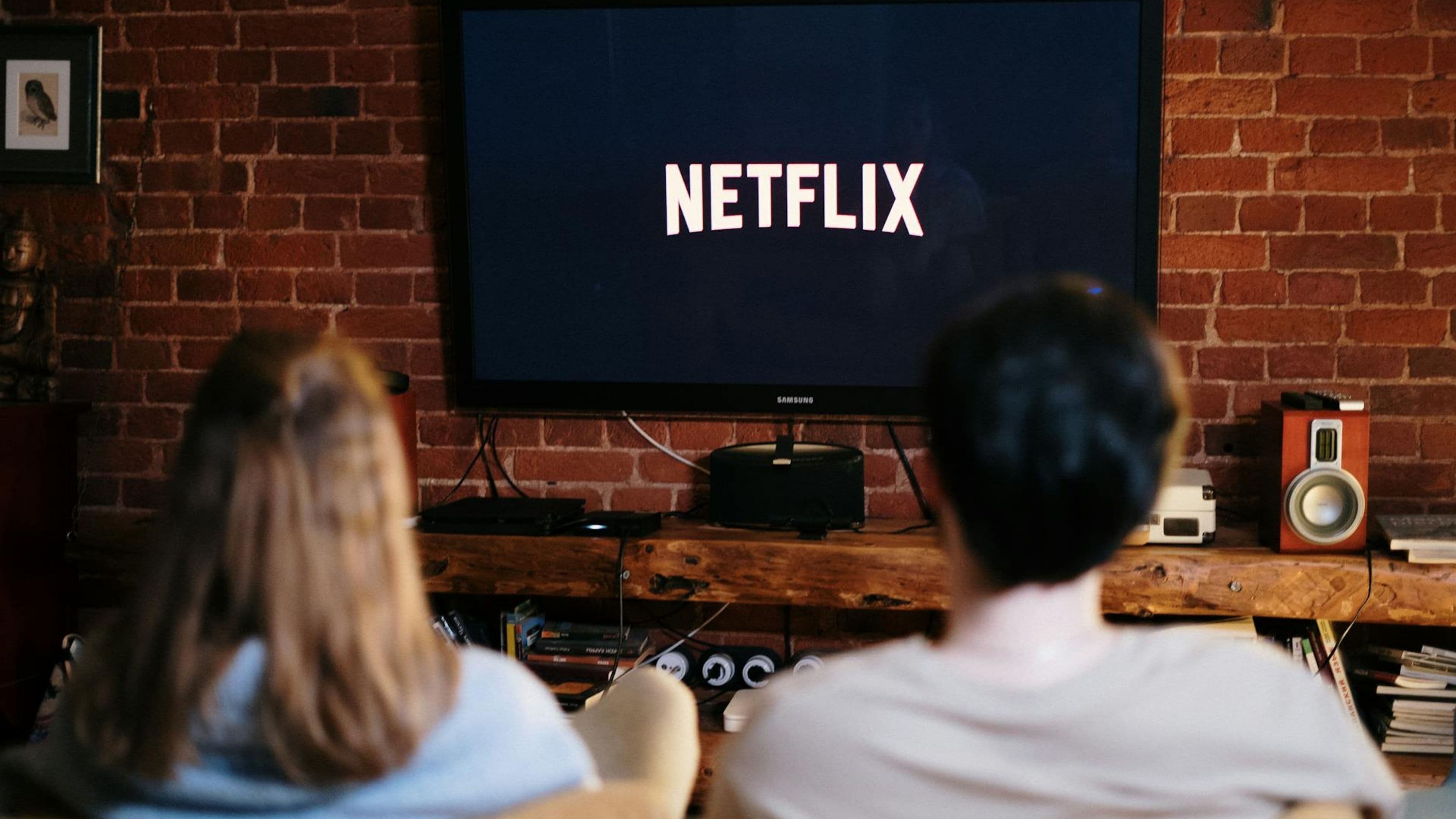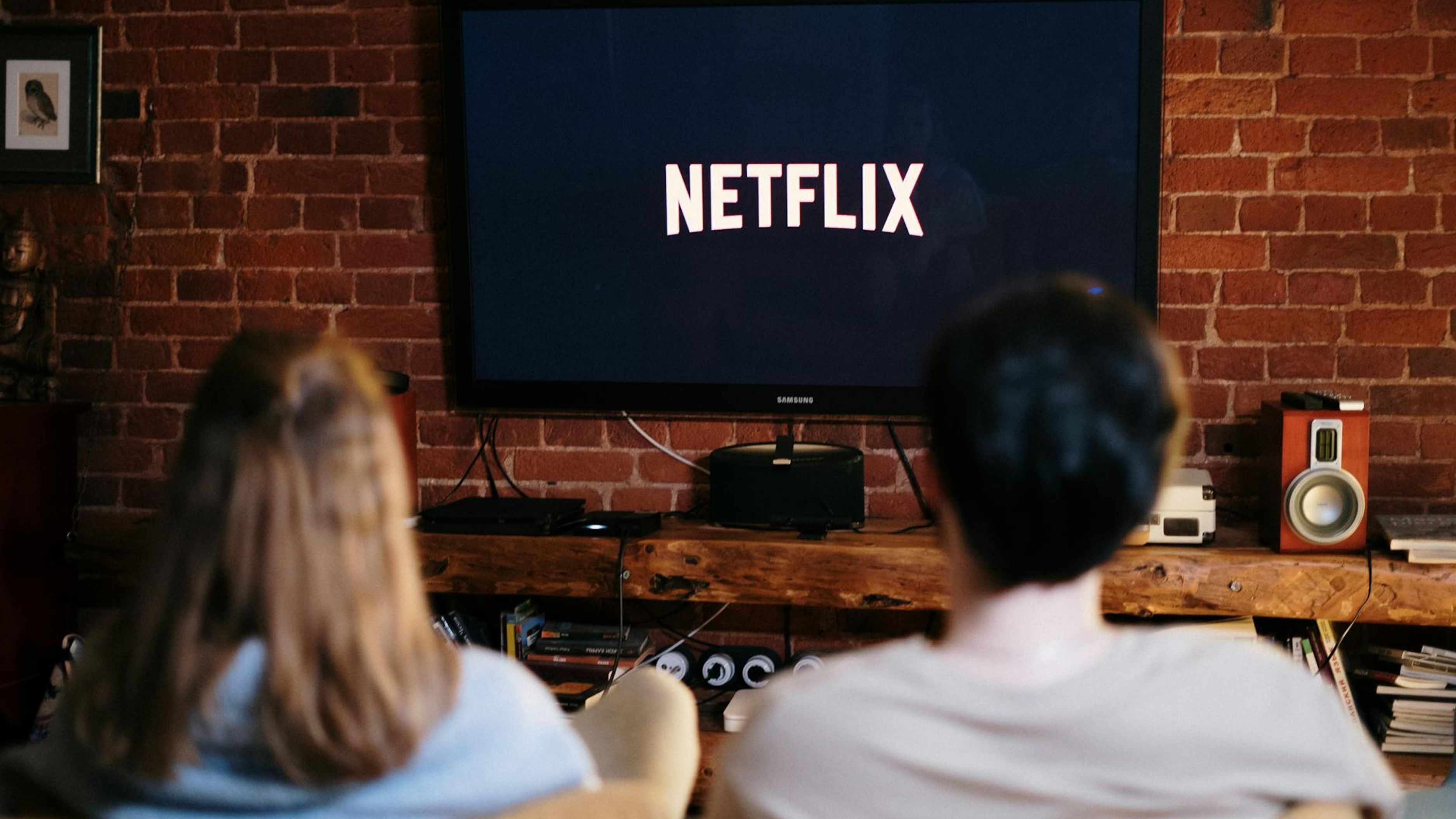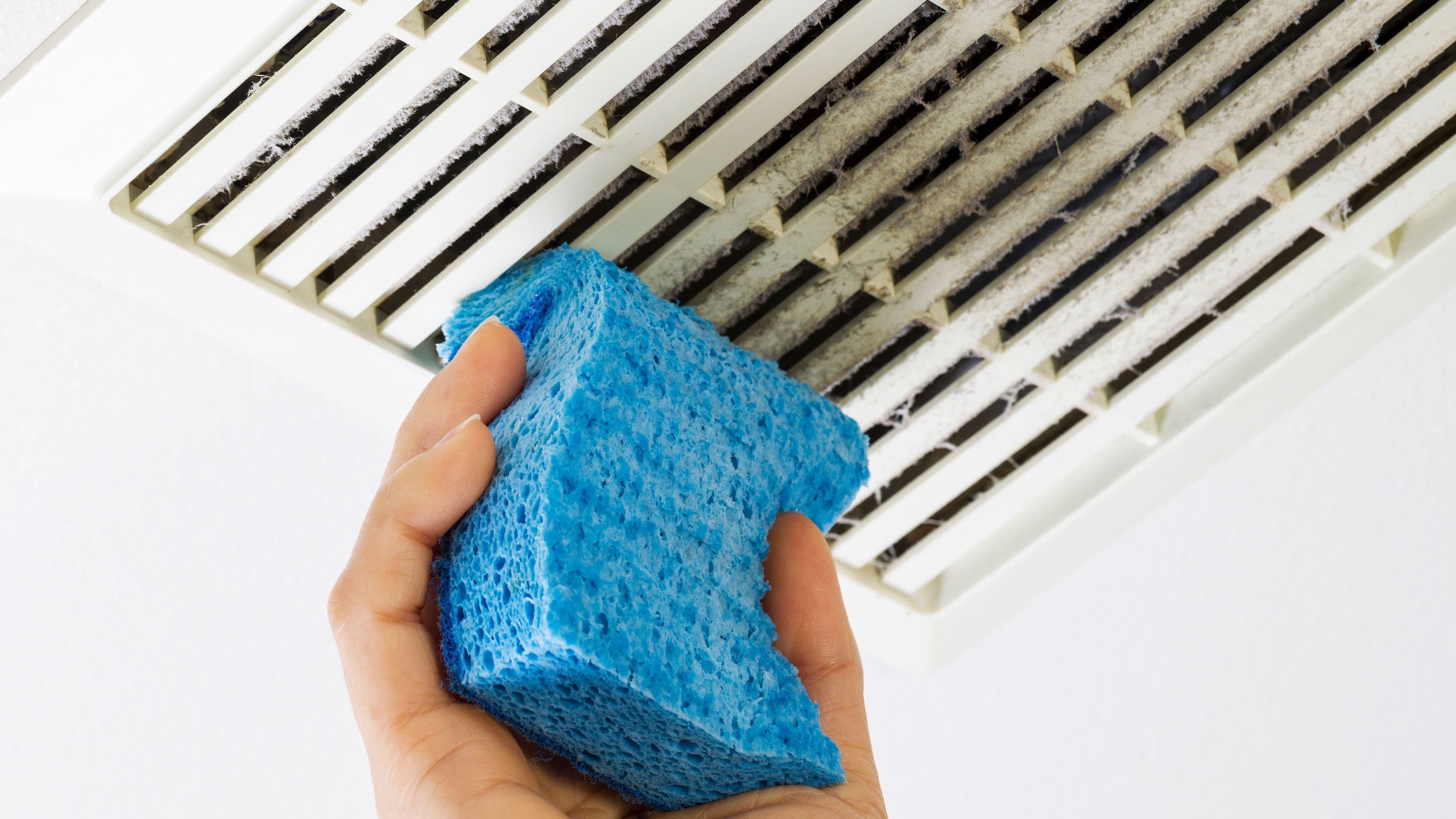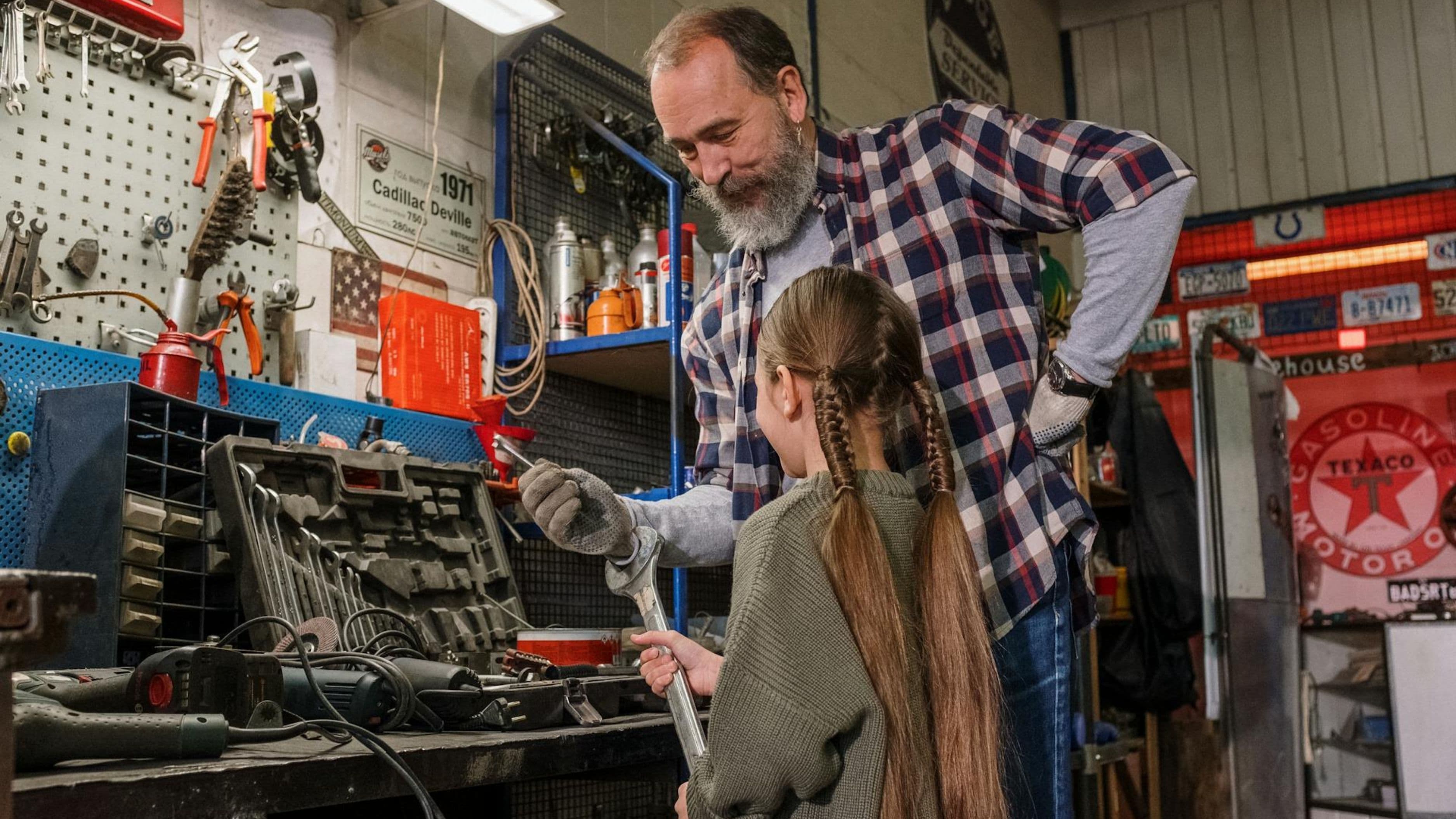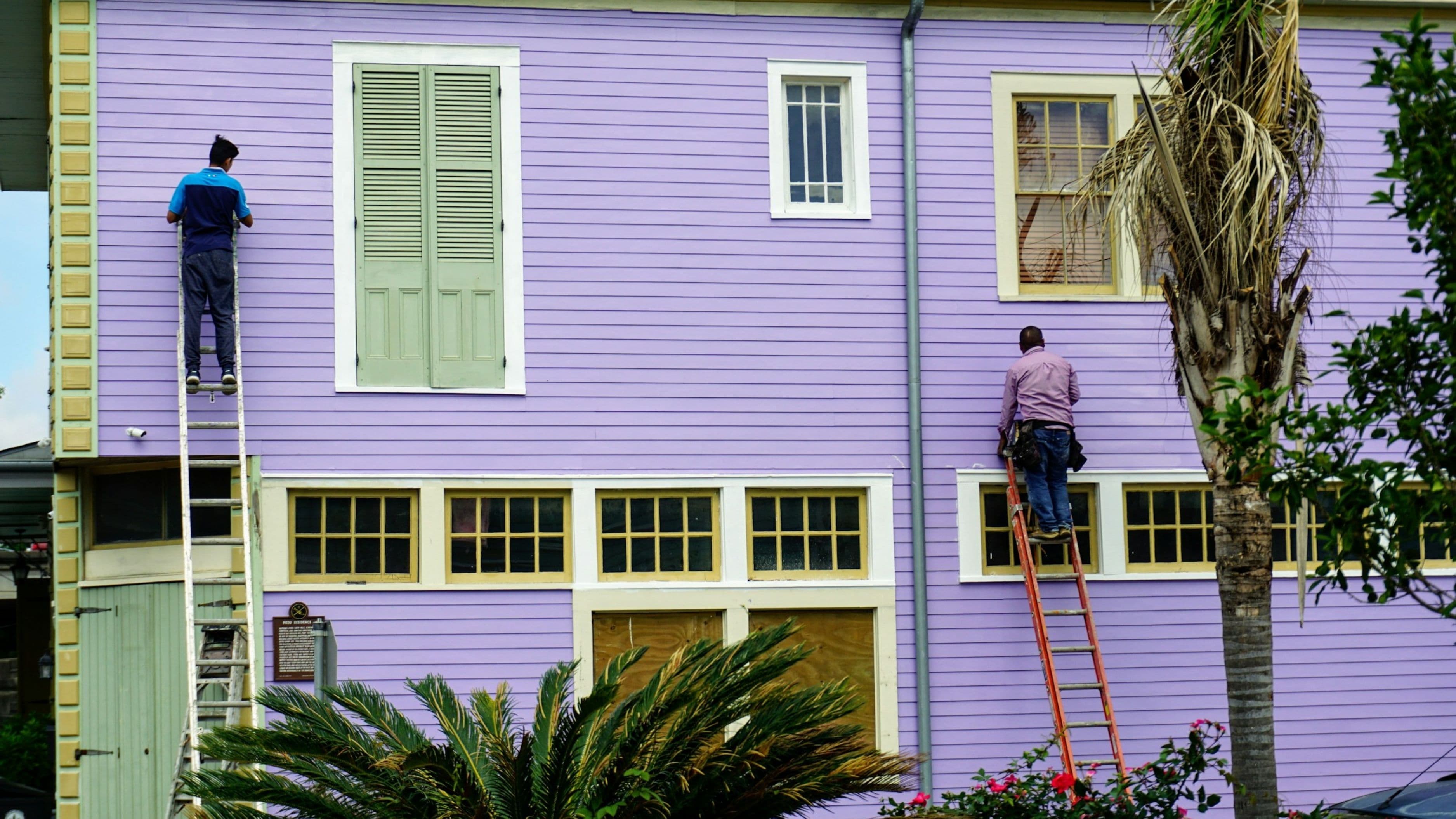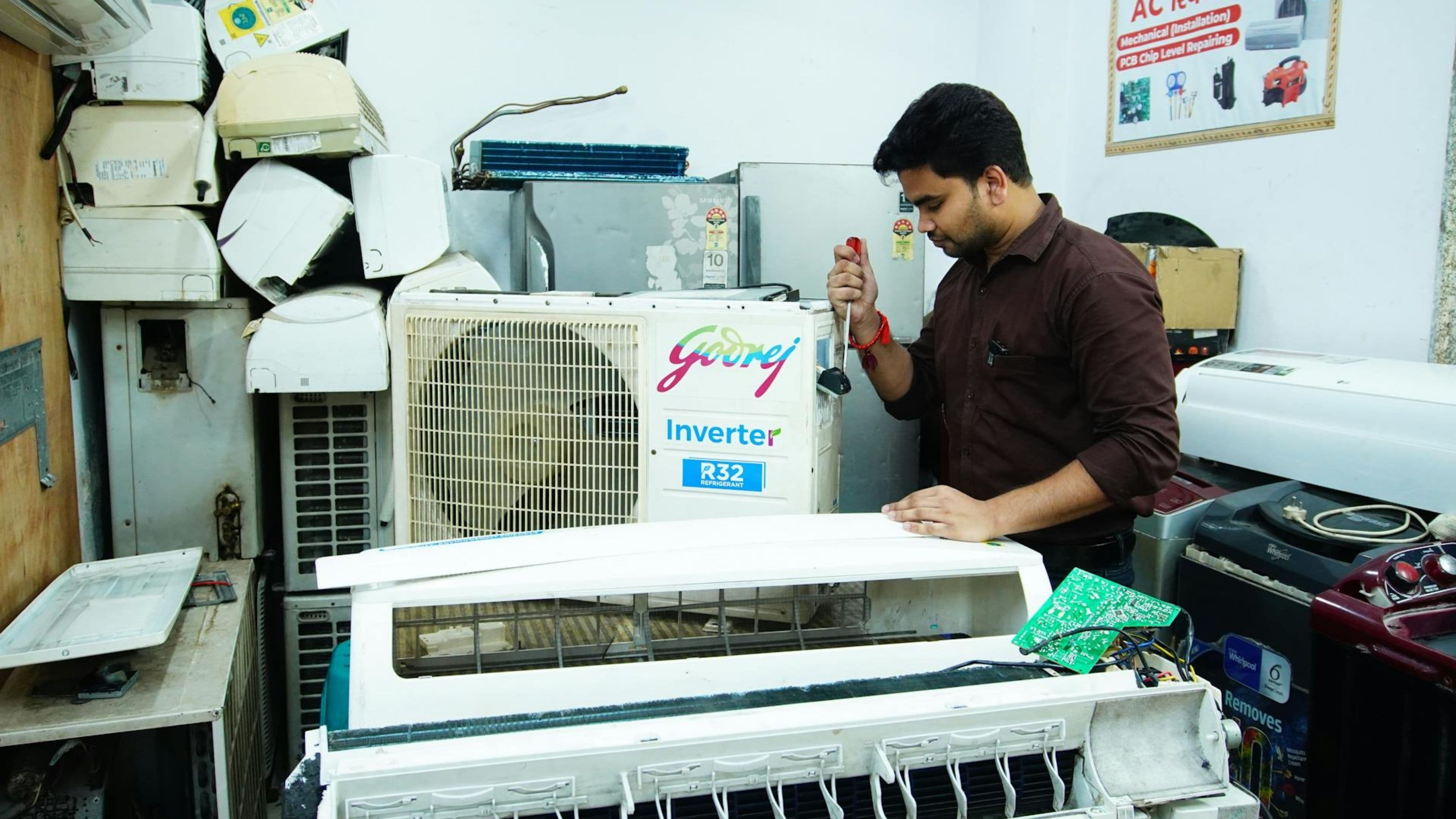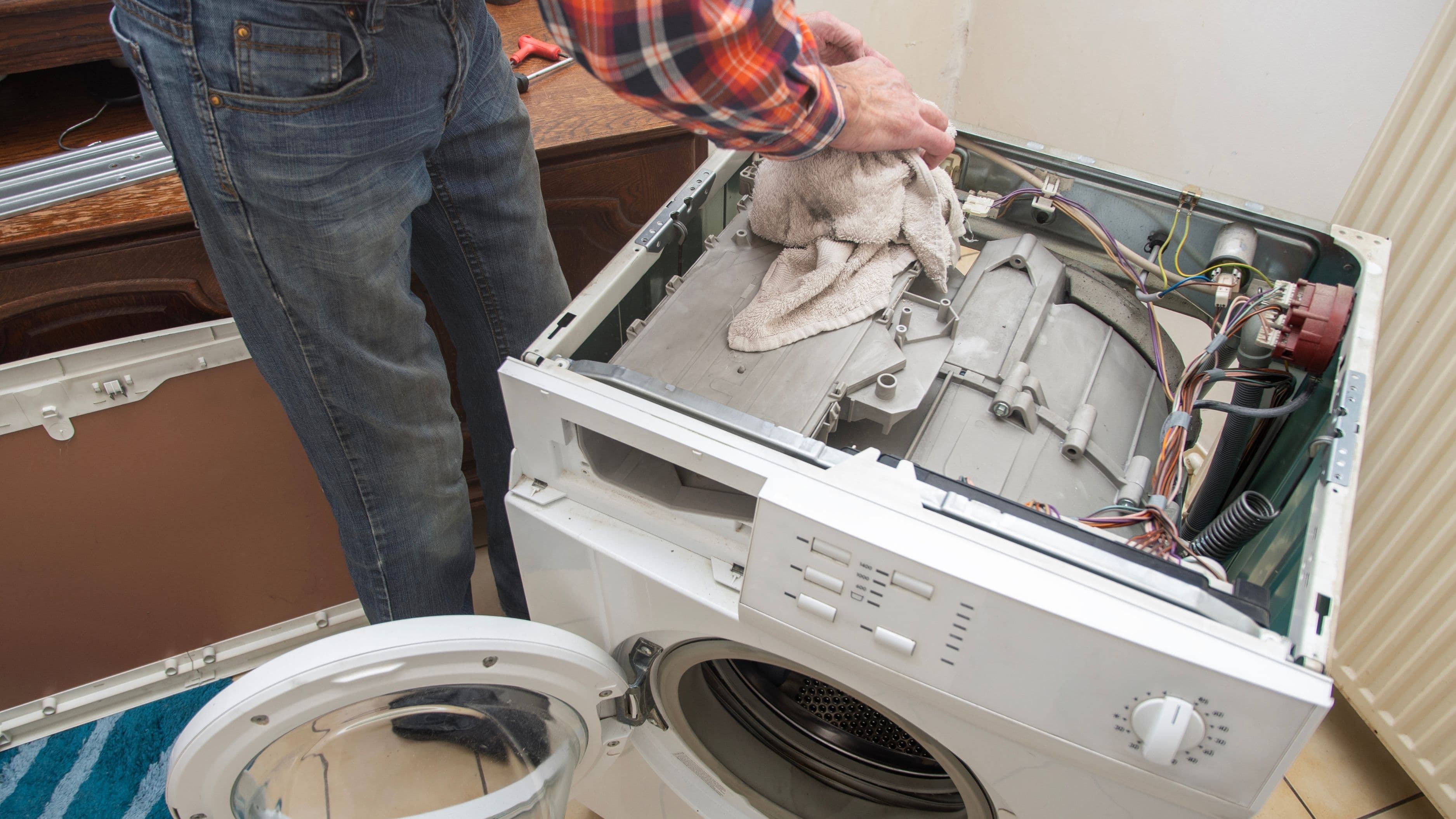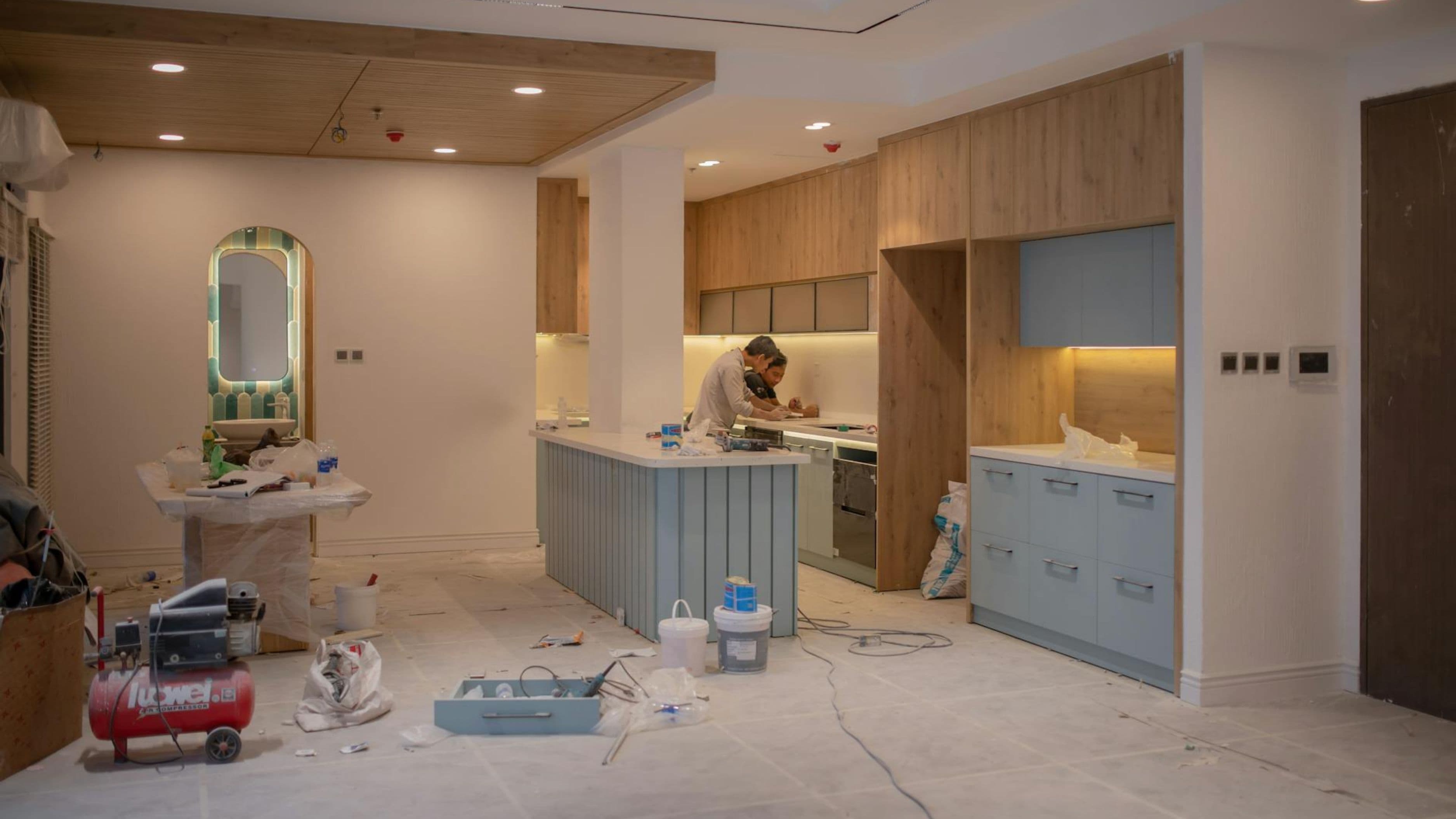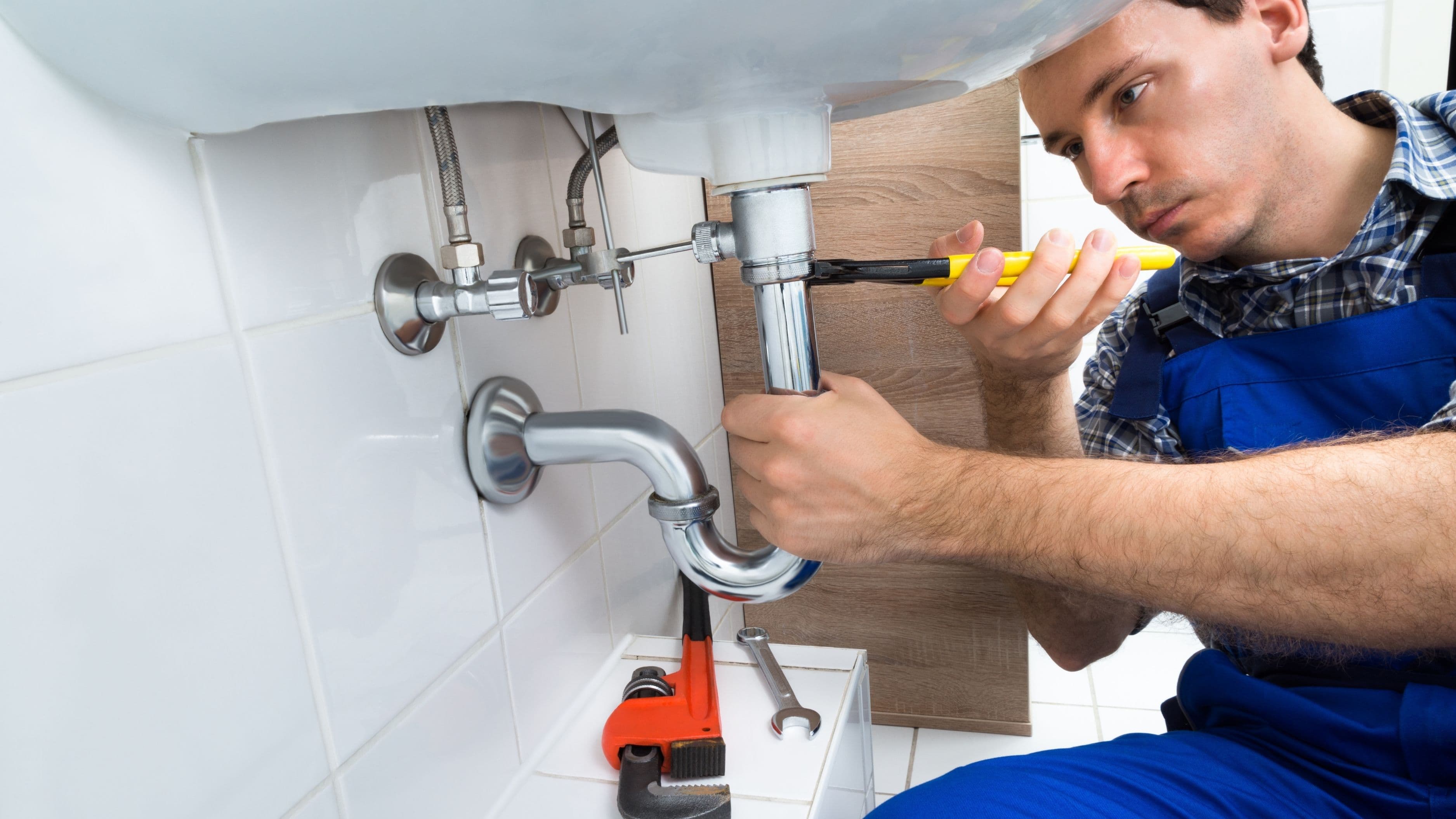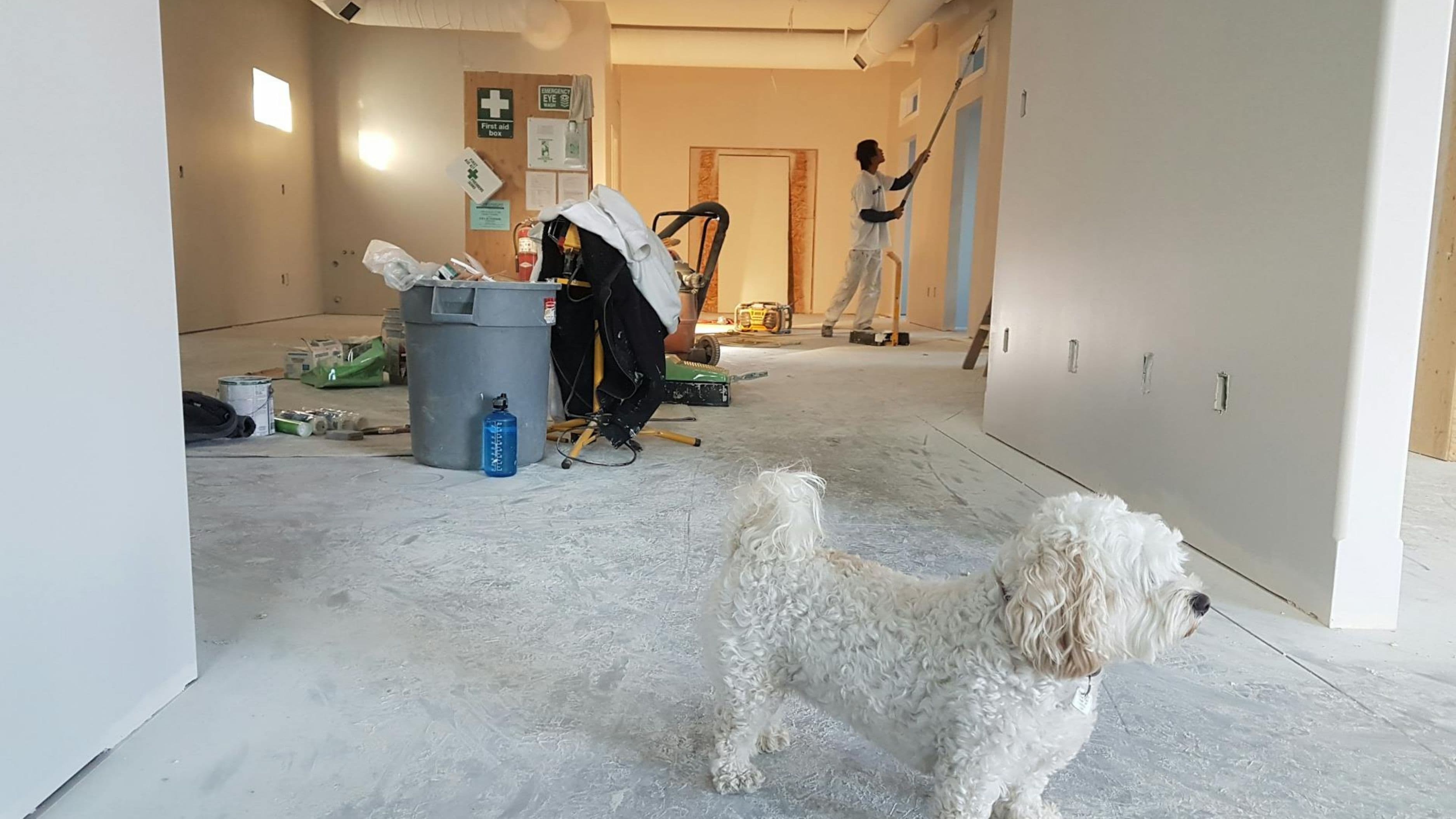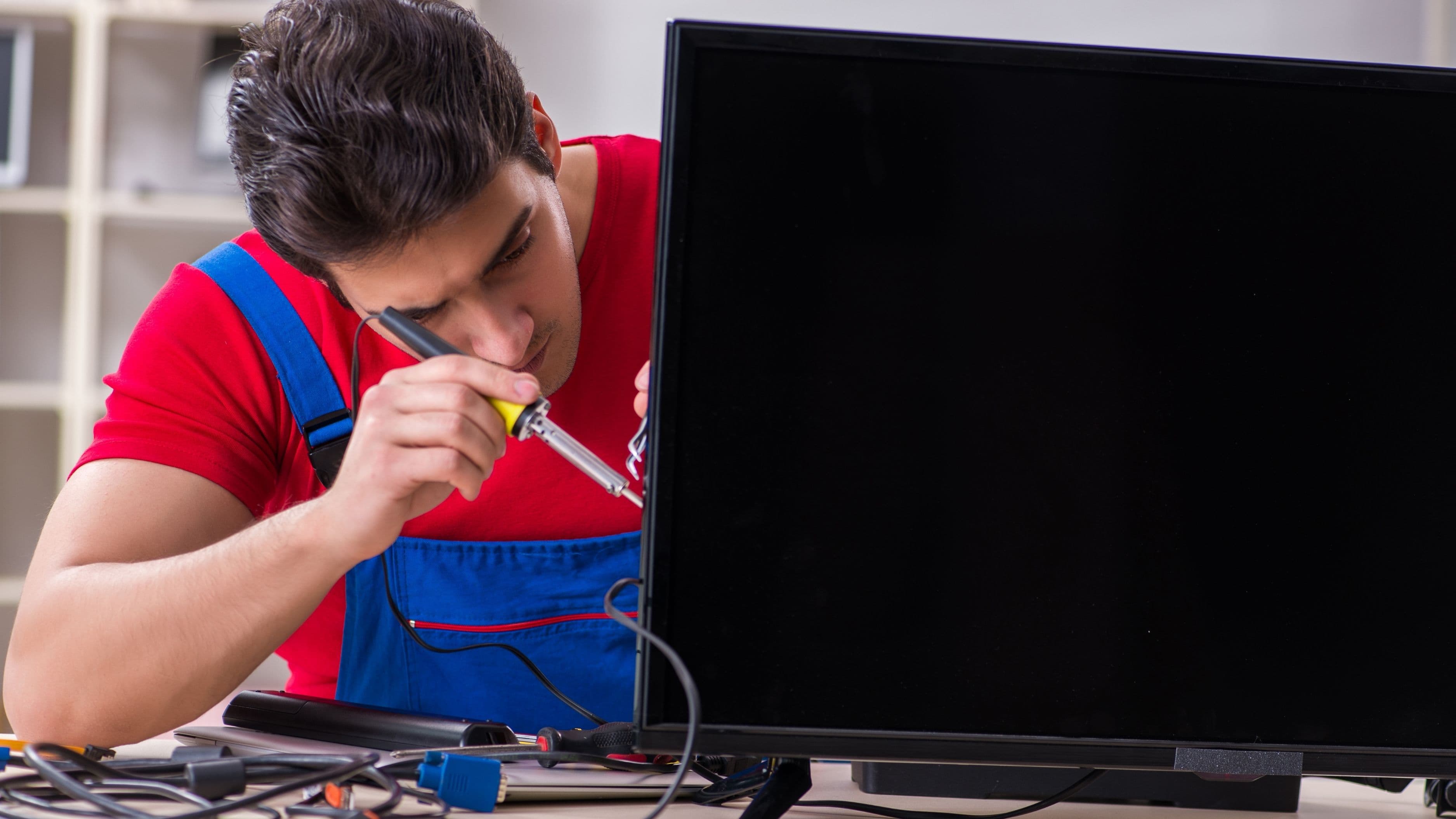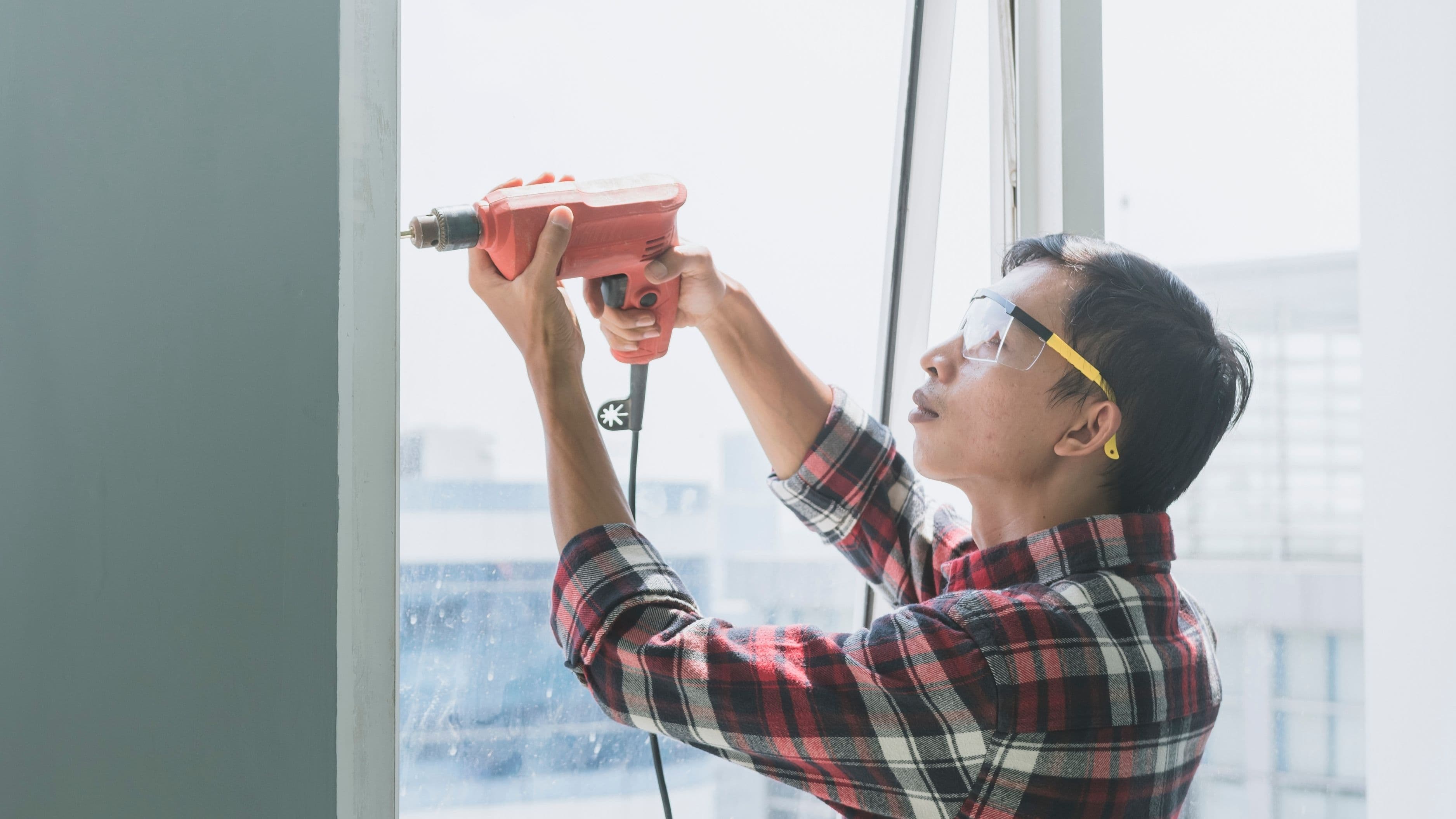The Screen Scene: Mounting Without the Meltdown
Let's talk about that TV that's been sitting on your grandmother's coffee table like it's 2003. Mounting your screen isn't just about aesthetics—it's about creating that immersive viewing angle that doesn't leave you tilting your head like a confused puppy. The sweet spot? Eye level when you're seated, roughly 42 inches from the floor to the center of the screen for most setups.
Here's where people lose their minds: they panic about finding studs in the wall. Breathe. A $15 stud finder from any hardware store will be your new best friend, or you can go old-school and knock along the wall listening for the solid thunk versus the hollow echo. Once you've located those studs, mark them with painter's tape—not permanent marker unless you enjoy explaining abstract art to your landlord. Most mounting brackets come with templates that make drilling about as complicated as connect-the-dots. The key is measuring twice and drilling once, because patches and paint are significantly less fun than movie night.
If you're renting or commitment-phobic about wall holes, consider a sturdy TV stand with cable management built in. Your setup doesn't need to scream "professional installation"—it just needs to not fall on your cat during the opening credits of Inception.
Sound Investment: Speaker Placement That Actually Works
Your TV's built-in speakers are doing their best, bless them, but they're basically whispering compared to what a proper sound system can deliver. You don't need to drop thousands on a setup that requires an engineering degree to configure. A basic 5.1 surround sound system—that's five speakers plus one subwoofer—can be snagged for $200-$400 and will make every explosion feel like it's happening in your actual living room.
The front left and right speakers should flank your TV at ear level, angled slightly toward your main viewing spot. The center channel speaker—the MVP that handles most dialogue—goes directly above or below your screen. Now for the fun part: those rear speakers create the surround effect, so position them slightly behind and to the sides of your seating area, elevated about two feet above ear level. Your subwoofer is less picky about placement since low frequencies travel differently, but corners often amplify bass nicely. Just maybe don't put it against a shared wall unless you're trying to soundtrack your neighbor's life too.
Testing your setup is where movie buffs separate from casual viewers. Play a scene with layered audio—something like the opening of Saving Private Ryan or any Mad Max chase sequence—and walk around your space. The sound should envelop you, not assault you from one direction. Minor adjustments can make major differences, so don't be afraid to scoot speakers a few inches this way or that until everything clicks into place like the final piece of a sonic puzzle.
Cable Chaos Management: Taming the Wire Jungle
There's nothing that kills the cinema vibe faster than a spaghetti junction of cables snaking across your floor like some kind of technological medusa situation. Cable management isn't glamorous, but it's the difference between "impressive setup" and "fire hazard with commitment issues." The solution is simpler than you think: cable raceways, zip ties, and Velcro strips are your holy trinity here.
Raceways are those plastic channels that stick to your wall and hide cables completely—available at any hardware store for about $20 for a whole room's worth. They come in various colors to match your walls, and installation takes about as long as an episode of The Office. For cables that need to run across the floor, invest in flat cable covers that won't trip you during midnight snack runs. These stick down with industrial adhesive and can handle foot traffic without popping up like an angry turtle.
Behind your entertainment center, use Velcro cable ties or twist ties to bundle similar cables together. Label everything with tape and a marker—trust me, future you will weep with gratitude when you need to troubleshoot which HDMI goes where. Wireless options are expanding too: wireless HDMI transmitters can eliminate the need for long cable runs entirely, though they'll cost you $100-$300 depending on quality and distance requirements.
Lighting Drama: Setting the Mood Without Burning Down the House
Professional theaters don't just turn off the lights and call it ambiance—they create layers of illumination that guide your eyes without causing strain or stubbing toes during bathroom breaks. Smart LED strip lights have revolutionized home theater lighting, offering millions of colors and brightness levels controlled from your phone for about $30-$50 per strip.
Mount LED strips behind your TV for that floating screen effect that looks expensive but costs less than a large pizza. The soft backlight reduces eye strain by creating contrast between the bright screen and dark room, plus it looks ridiculously cool. Add strips under furniture, along baseboards, or behind shelving to create pathway lighting that doesn't distract from the viewing experience. Most strips are adhesive-backed and require zero electrical knowledge—just peel, stick, and plug in.
Dimmer switches for overhead lighting are another game-changer, letting you gradually transition from full brightness to cinema mode without fumbling with multiple switches. Smart bulbs take this further, allowing you to create scenes and schedules. Program "movie night" to automatically dim lights to 20%, shift to warm tones, and maybe even sync with your content if you're feeling fancy. The install is literally just screwing in a different light bulb—even your technophobic aunt could handle it.
Seating Situation: Comfort That Goes the Distance
The greatest sound system and sharpest picture mean nothing if you're perched on a dining chair like you're at a medieval banquet. Proper seating transforms watching into experiencing. The ideal viewing distance is roughly 1.5 to 2.5 times your screen's diagonal measurement—so for a 55-inch TV, park yourself 7 to 12 feet away for optimal immersion without pixel-peeping.
Theater-style recliners have dropped in price dramatically, with quality options starting around $300-$500 per seat. Look for cupholders (non-negotiable for beverage security), USB charging ports (because phones die during marathons), and easy-clean upholstery (because popcorn butter is basically furniture enemy number one). If dedicated theater seating feels excessive or space-limited, a comfortable sectional sofa with good lumbar support and plenty of pillows works beautifully. Add a few floor poufs or bean bags for overflow guests who won't judge you for budget-friendly seating.
Consider sight lines too—nobody wants to watch Dune from behind someone's head. Arrange seating in a slight arc if possible, with each row elevated slightly from the one in front. Simple furniture risers or even sturdy storage containers covered with nice fabric can create stadium-style tiering in rooms with enough depth. Your friends will feel like royalty, and you'll feel like a genius.
Troubleshooting Common Gremlins: When Tech Fights Back
Even the best-planned setup will throw tantrums occasionally. Audio and video not syncing? This lip-sync issue usually stems from your TV's processing delay. Dive into your TV settings and look for "audio delay" or "lip sync" adjustments—most modern sets let you fine-tune timing until voices match mouths. If your TV doesn't offer this, your receiver or soundbar might have similar settings.
Picture looking washed out or too dark? Your TV probably shipped with "store mode" settings designed to be blindingly bright under fluorescent lights. Switch to "cinema" or "movie" mode, which typically offers more accurate colors and better black levels. Disable motion smoothing—that setting that makes The Hobbit look like a soap opera—by turning off anything labeled "smooth motion," "motion plus," or similar terminology. Filmmakers hate this setting, and once you see content without it, you'll understand why.
HDMI cables acting flaky? Not all cables are created equal. If you're running 4K content with HDR, you need HDMI 2.0 cables minimum, preferably 2.1 for future-proofing. The good news is quality cables don't need to cost $100—certified cables in the $10-$20 range perform identically to "premium" options costing ten times more. If cables work loose from ports, a tiny bit of electrical tape wrapped around the cable end creates just enough extra friction to keep connections solid. Just don't go overboard and make removal impossible for future adjustments.
Remote controls multiplying like rabbits? Universal remotes or smart home integration can consolidate control of your TV, sound system, streaming devices, and lighting into one interface. Options range from $30 basic remotes to $300 touchscreen controllers that feel like commanding a spaceship. Most streaming devices now support HDMI-CEC, meaning one remote can control multiple devices—you just need to enable it in each device's settings.
Screen Protection: Keeping Your Investment Pristine
That beautiful screen is basically a dust magnet wrapped in fingerprint attractant. Microfiber cloths are your only acceptable cleaning tool—paper towels and regular rags can scratch the delicate coating. For stubborn smudges, slightly dampen the cloth with distilled water, never spray directly on the screen, and absolutely avoid ammonia-based cleaners that can permanently damage anti-glare coatings.
Screen protectors aren't just for phones—TV screen protectors exist and can save you from child-projectile disasters, pet-tail accidents, or that time someone thought throwing popcorn at the villain was interactive viewing. They're particularly worthwhile if you've got kids under five or particularly enthusiastic pets. Installation requires patience and a steady hand, but the peace of mind is worth the $50-$100 investment.
Acoustic Adjustments: When Neighbors Have Opinions
Thin walls and late-night viewing don't always mix peacefully. Before you get nasty notes or noise complaints, consider some basic soundproofing. Heavy curtains, wall tapestries, or acoustic panels can absorb sound and prevent it from traveling through walls. Acoustic panels sound fancy but are essentially foam squares you stick to walls—$50 buys enough to make a noticeable difference in echo and sound leakage.
Furniture placement helps too. Bookcases against shared walls act as sound barriers while providing storage—win-win. Area rugs on hardwood floors prevent sound from bouncing downward to annoyed neighbors below. If you're serious about late-night marathons, wireless headphones designed for TV use offer impressive sound quality and zero neighbor disturbance. Modern options eliminate the lag that plagued older wireless headphones, and many support multiple headphones simultaneously for shared silent viewing.
Streaming Setup: Getting Your Content Game Right
All the hardware in the world means nothing without easy access to content. Streaming devices range from $30 sticks that plug directly into your TV to $200 media players with every feature imaginable. Consider what services you actually use—if you're ride-or-die Netflix and Disney+, any device works fine. Gaming? Spring for something with more processing power. The best streaming device is the one that makes accessing your content frictionless and doesn't require three remotes and a prayer.
Organize your apps and streaming services on the home screen logically. Put your most-used services first, hide or delete the promotional junk that comes preinstalled, and consider setting up profiles for different household members. Nothing ruins movie night faster than accidentally loading your toddler's Bluey obsession onto the big screen when you meant to find that new thriller everyone's talking about.
Internet speed matters more than people realize. 4K streaming needs about 25 Mbps minimum, and that's per stream—so if someone's gaming upstairs while you're watching downstairs, things get dicey fast. Run a speed test (fast.com is quick and reliable) and consider upgrading your plan if buffering becomes your uninvited viewing companion. Position your router centrally in your home, elevated if possible, and definitely not hidden in a closet where Wi-Fi signals go to die. A quality router upgrade costs $100-$200 but can solve more problems than you'd expect.
The Grand Finale: Maintenance That Prevents Future Headaches
Your home theater setup isn't a "set it and forget it" situation—regular maintenance keeps everything running smoothly. Dust your equipment monthly with compressed air, paying special attention to vents where heat escapes. Overheating is the number one killer of electronics, so make sure your receiver and other components have breathing room and aren't stacked like some kind of tech jenga tower.
Check cable connections quarterly—vibrations from subwoofers and general movement can loosen connections over time. Update firmware on your smart TV, streaming devices, and receivers when prompted. These updates aren't just annoying nags—they fix bugs, improve performance, and sometimes add new features. Keep spare batteries, an extra HDMI cable, and a backup remote somewhere accessible so technical difficulties don't derail movie night at the worst possible moment.
Create a simple troubleshooting guide for your household. Write down which input corresponds to which device, how to switch audio modes, and solutions to common problems. Laminate it if you're feeling ambitious, or just stick it in a drawer near the TV. Future you—and definitely your houseguests—will appreciate not having to decode your system like it's an ancient hieroglyphic puzzle.
Your living room doesn't need to rival a commercial cinema to deliver an incredible movie experience. With some strategic planning, basic tools, and a willingness to get slightly tangled in cables, you can create a space that makes staying home more appealing than overpriced tickets and sticky floors. The best part? Every tweak and improvement happens on your timeline and your budget. So grab that mounting bracket, untangle those speaker wires, and transform your space into the neighborhood's new favorite screening room. Your couch awaits, and the opening credits are about to roll on something spectacular—namely, your brand new DIY home theater that cost less than six months of movie tickets. Now that's a plot twist worth celebrating.
📚 Sources
1. Consumer Technology Association (CTA). (2024). "Home Theater Installation Best Practices and Standards." CTA Technology Standards Database.
2. CEDIA (Custom Electronic Design & Installation Association). (2023). "Residential Home Theater Design Guidelines." CEDIA Technical Standards Publication.
3. Society of Motion Picture and Television Engineers (SMPTE). (2023). "Recommended Practice for Home Theater Viewing Conditions." SMPTE Standards Documentation.
🔍 Explore Related Topics

